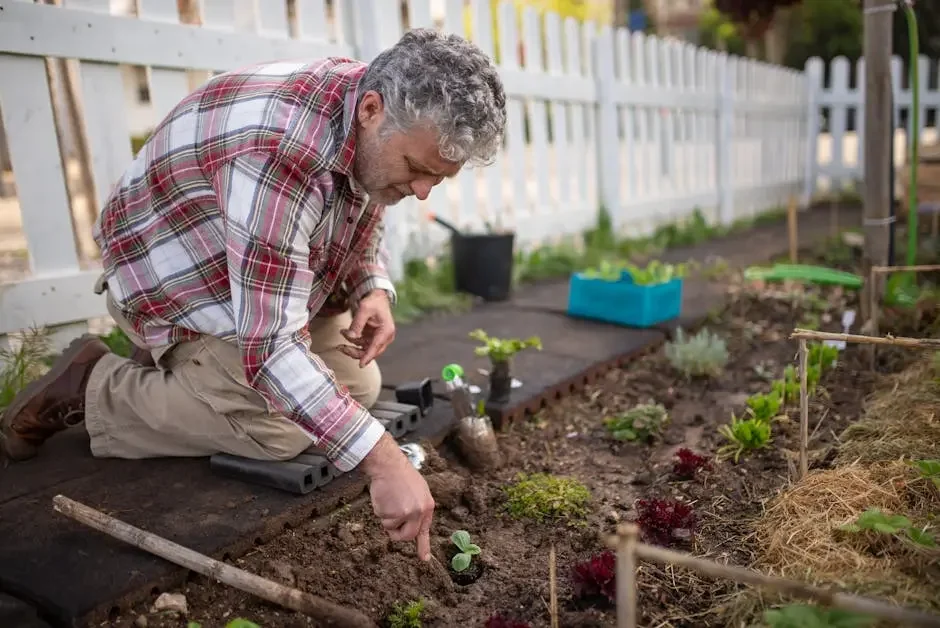9 Best Practices for Eco-Friendly Commercial Landscaping Designs
In today's world, incorporating eco-friendly practices into commercial landscaping is more important than ever. Not only do sustainable designs benefit the environment, but they also enhance the appeal and functionality of commercial spaces. Here, we explore some of the best practices to ensure your landscaping design is both beautiful and environmentally responsible.
1. Embrace Native Plant Choices
Choosing plants native to the region can significantly reduce water usage and maintenance requirements. Native plants are adapted to the local climate, making them more resilient and easier to care for, while also supporting local wildlife. Beyond water conservation, native plants often establish more quickly and require fewer pesticides or fertilizers, contributing further to an eco-friendly landscape approach.
Incorporating a variety of native plant species can create a dynamic and robust ecosystem, offering food and habitat to many local fauna. This practice supports biodiversity and can transform commercial landscapes into vital green spaces. The integration of native plants also blends well aesthetically with the surrounding natural environment, making your space feel more cohesive and harmonious.
2. Implement Water Conservation Techniques
Using drip irrigation, rain sensors, and rain gardens helps conserve water. These techniques focus on efficient water use, minimize runoff, and promote the health of your landscaping. For example, drip irrigation targets the root zone directly, ensuring each drop of water is maximized and evaporation minimized. This method not only conserves water but also promotes healthier plant growth.
Additionally, rain gardens and rain barrels provide excellent ways to harvest and utilize rainwater efficiently. Rain gardens can absorb rainwater from impervious surfaces like roofs and driveways, reducing the load on stormwater systems and helping to prevent erosion. Similarly, rain barrels collect and store rainwater for future irrigation purposes, cutting down on water costs.
3. Incorporate Permeable Paving Solutions
Permeable paving allows water to seep through surfaces, reducing stormwater runoff and promoting groundwater recharge. It's a practical solution for areas like parking lots and walkways. Such materials are sustainable because they emulate natural hydrological cycles and reduce the urban heat island effect.
These surfaces often come in a variety of aesthetics, from stone to brick-like pavers, ensuring that environmental benefits do not compromise the visual appeal of the commercial property. Additionally, permeable paving can often be paired with underlying gravel substrates, enabling even greater water management benefits and enhancing durability.
4. Opt for Sustainable Hardscaping Materials
Using recycled or locally sourced materials for hardscaping can reduce the environmental impact of your project. Materials like reclaimed wood, recycled concrete, and natural stone are both sustainable and aesthetically pleasing. Reclaimed wood can give a rustic charm, while recycled concrete finds new life in pathways and retaining walls.
Locally sourced materials not only support local economies but also minimize transportation emissions, reinforcing the sustainability of your landscaping. Sourcing materials locally also ensures they are well-suited to withstand regional weather conditions, offering durability and longevity to your design.
5. Encourage Biodiversity with Varied Plantings
Diverse plantings not only enhance the visual appeal but also support a wider range of species. Consider including pollinator-friendly and wildlife-attracting plants to boost biodiversity. A wide array of plants with different bloom times can provide nectar and pollen throughout the year, supporting pollinators like bees and butterflies.
Selecting plants with varied heights and structures creates layers in your landscape that offer different types of shelter and nesting sites for birds and other creatures. By focusing on diversity, you create a self-sustaining environment that can be resilient to pests, diseases, and changing climate conditions.
Incorporate plants that can serve multiple functions, such as providing shade, improving soil health, or acting as natural barriers. This multifunctionality maximizes the efficiency of your green space and contributes to an ecosystem that flourishes naturally over time.
6. Design for Energy Efficiency
Strategically placing trees and shrubs can help regulate building temperatures, reducing the need for artificial heating and cooling. Trees act as natural air conditioners by providing shade and transpiration cooling effects.
Additionally, well-planned landscaping can direct or block wind, further influencing thermal comfort around a property. With careful species and site selection, plantings can be oriented to protect buildings from harsh winter winds, while promoting passive solar heating. This foresight in design helps with energy bills and aligns with environmental goals.
7. Compost and Mulch Organically
Using organic compost and mulch enriches the soil, retains moisture, and suppresses weeds without the need for chemical fertilizers. It's a natural way to maintain a healthy landscape. Composting transforms organic waste into nutrient-rich soil amendments, reducing the need for synthetic supplements.
Organic mulches, such as wood chips or straw, help moderate soil temperature, prevent erosion, and deter pest populations through enhancement of ecological relationships. This practice is fundamental to sustainable landscaping as it promotes life cycles that are foundational to thriving ecosystems.
8. Incorporate Green Roofs or Vertical Gardens
Green roofs and vertical gardens not only provide insulation for buildings but also add greenery to urban environments. These features can be a visually appealing and eco-friendly addition to commercial landscapes. Green roofs, for instance, absorb rainwater, reduce runoff, and offer passive temperature regulation benefits.
Vertical gardens, meanwhile, can enliven wall spaces and require less ground area than traditional gardening, making them perfect for urban settings. These innovative solutions in green architecture are adaptable, enhancing space utilization and promoting air quality improvements.
9. Practice Regular Monitoring and Maintenance
Consistent monitoring and maintenance ensure that landscaping remains sustainable over time. Early detection of issues and regular care help maintain the health and sustainability of your eco-friendly design. Monitoring soil health, water needs, and plant growth are all tasks that benefit from a strategic maintenance schedule.
Utilizing smart technology, such as automated irrigation systems and sensors can streamline this process, providing real-time data to adjust care tactics efficiently. Bringing awareness to these maintenance aspects not only prolongs the life of the landscape but also optimizes resource conservation.

